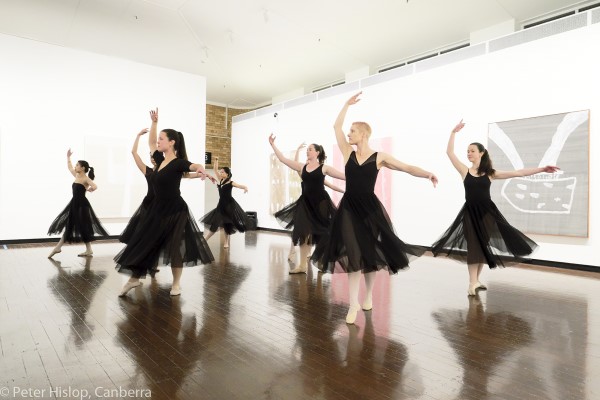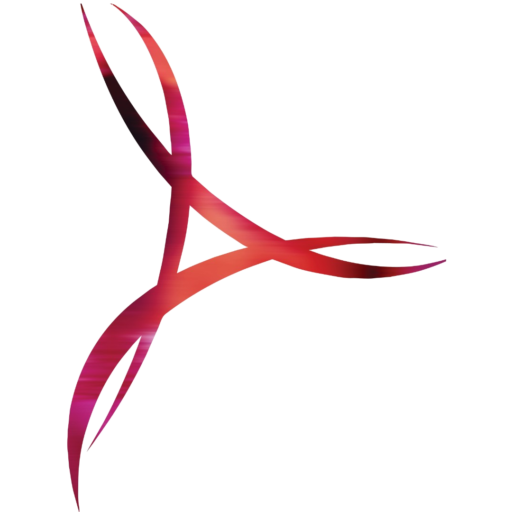
Ballet (also called ‘Classical’) is the cherished basis for professional dance, having evolved over several centuries to become a highly graceful dance art form. Though differing techniques have slight variations in placement and vocabulary, they all share a focus on technical placement, posture, fluidity and momentum. Ballet is a foundation for contemporary dance.
Ballet for adults is relaxing, fun, and is a stimulating alternative to the gym. Plus it’s excellent for the mind! Regular ballet practice will make you more graceful, let you experience a new level of exercise and better appreciate ballet performances.
Ballet Class Levels
CDT is proud to offer a wide range of ballet classes, catering for everyone from the absolute beginner to the seasoned ballet dancer who is after one of the most challenging and advanced open classes in Canberra.
Basics: This level is suitable for absolute beginners through to those with some ballet experience. Students are taught the foundational positions and steps of ballet, focussing on basic technique, body placement and vocabulary. Artistry is also introduced.
Beginners:Classes at this level are suitable for ballet beginners who have previous dance experience (not necessarily ballet) and those who feel ready to move through the class at a slightly quicker pace than for Ballet Basics. The focus is on foundational positions and steps of ballet; basic technique, body placement, artistry and vocabulary.
Elementary: These classes are designed for those with a solid foundation in ballet technique, either recently or as a child. Classes build students’ knowledge of ballet steps and approaches to artistry, plus technical strength and coordination. The teacher assumes students are able to learn and remember sequences, and execute them independently. Modifications of exercises are offered by the teacher.
Intermediate & Intermediate/Advanced: This skill level requires a strong technique and previous rigorous training in ballet. At this level, the class moves quickly, assuming a comprehensive knowledge of ballet steps and the ability to learn and remember longer and more complex sequences. Students are encouraged to integrate performance quality into execution of exercises and sequences. They are expected to modify exercises as needed.
Open: These classes require a basic knowledge of ballet. Teachers adapt the class to suit various student ages and levels of dance experience.
Notes for ballet first-timers at CDT
Your first class can be a big step (pun intended) but you don’t have to worry. CDT wants to share the love of dance in a supportive and enthusiastic space so we encourage, not criticise.
Read about the class levels above and pick a class from the timetable suited to your experience and ability. Never done ballet before? Read the FAQs page about what to wear and how to enrol. There is no need to feel insecure if you are new to ballet and it can be an amazing life experience. Our adult ballet classes offer supportive and positive instruction, without the pressure of pursuing a professional performing career. You may want to prepare yourself with a little knowledge before your first class.
The Basics adult ballet class covers basics of ballet, including the five basic positions of feet with corresponding arm positions. Ballet class consists of three parts: barre, floor, and center.
The first part of ballet class is spent at the barre. The barre is a long wooden or metal bar fixed to the wall. If the class is large, the teacher may bring out free-standing barres to the middle of the room, so no one feels cramped. Since the body is not ready to perform elaborate movements across the floor, barre work is considered the warm-up portion of class and can last anywhere from 30-45 minutes. Students start by placing their left hand on the barre, since the first exercises are always carried out by the right side of the body, then the left. The teacher then provides a series of exercises designed to systematically warm up the muscles. Besides promoting circulation and stamina, the purpose of barre work is to practice technique that will be executed later in the class without the support of the barre.
The second part of ballet class is floor. Students leave the barre and gather at the middle of the room. From here, the class can go two ways: the teacher may instruct the class to sit down and begin a series of stretches, or they may directly move into technical combinations. These exercises can be a challenge since students no longer have the support of the barre. For example, students may be required to stand on one leg, and maintain their balance without falling over. Floor exercises are also divided into two categories: adagio, slow movements that require balance and control, and allegro, quick, precise movements that emphasize agility and speed. Students start with slow combinations that help build their strength, and progress to faster footwork.
The final section of ballet class is centre. Now, students have the opportunity to perform combinations across the floor and really dance! The teacher assembles steps that accelerate into what is called grand allegro. This combination may include skips, jumps, leaps, and turns. Most adults are reluctant to perform across the floor because they are afraid they will mess up or look silly. Don’t be shy! Everyone is in the same boat, and every student is as self-conscious as their peers. It’s important to always try, because it’s the best way to build confidence.
Many ballet terms are actually French terminology:
| Turn-out | The dancer turns his or her feet and legs out from the hip joints to a 90-degree position. |
| Plié (plee ay) | Means bent, bending – of the knee or knees. |
|
Tendu (ton dew) |
Stretched or held – brush foot along the floor until pointed, from a closed position to an open position. |
| Frappé (frap ay) | To strike with the foot. |
| Relèvé (rell eh vay) | To rise on tiptoe. |
| Relèvé (rell eh vay) | To rise on tiptoe. |
| Sauté (sew tay) | To jump. |
| Port de bras (por deh bra) | Carriage of the arms – arm movements. |
| Pirouette (peer o wet) | A rotation or spin – a complete turn of the body on one foot, on point or demi-pointe (half-pointe). |
This information is available as a PDF download.
Further reading
- www.balletforadults.com is a great resource.
- Learn Ballet Class 101 and the etiquette of standing at the barre.
